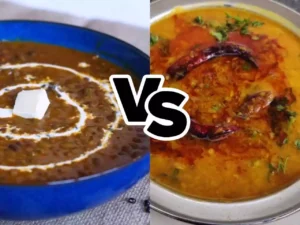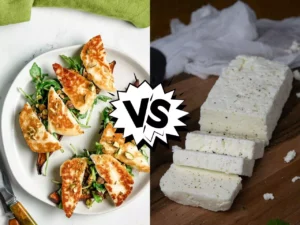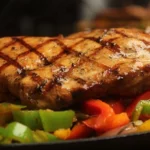Are you stumbling across similar-sounding dishes on menus – “Rendang” in Malaysia and “Gaeng Daeng” in Thailand?
Both fiery, fragrant, and oh-so-tempting?
You’re not alone! Malay and Thai cuisine are Southeast Asian neighbors, sharing some ingredients and influences. Still, their flavors sing in their unique ways.
Let’s know the delicious differences!
Key Takeaways
Thai cuisine explodes with fiery chilies, tangy citrus, and aromatic herbs, creating a vibrant dance of heat and acidity.
Malaysian cuisine, influenced by diverse cultures, offers rich textures, sweet notes, and earthy spices, weaving a complex symphony of flavors.
Both are delights, yet Thai’s intensity contrasts Malaysia’s harmonious blend.
10 Differences Between Malay and Thai Cuisine
1. Spice Squad
Malay food offers a warm spice hug—turmeric, ginger, and lemongrass take center stage. Coconut milk adds creaminess, and chilies bring a gentle heat.
Thai cuisine, on the other hand, is a rollercoaster of flavors with sharp chilies, lime tang, and palm sugar sweetness. Get ready for a punchy experience!
2. Cooking Styles
Malay takes cooking slow—stewing and grilling create complex flavors in dishes like simmering curries and smoky satays.
Thai, the stir-fry king, focuses on developing the flavors quickly, ending with high-heat and vibrant colors. Boat noodles and fiery stir-fries pack you with a punch of Thai cuisine’s boldness.
3. Flavor Foundations
Malaysian cuisine is a melting pot influenced by Indian, Chinese, and Portuguese traditions. Coconut milk and sweet soy sauce add depth, while shrimp paste brings unique umami.
Thai cuisine dances with tamarind, balancing fiery heat with sweet and sour notes, and adds earthy aroma with kaffir lime leaves and galangal.
4. Texture Tales
Malaysian dishes boast creamy coconut curries and silky stews, often paired with fluffy roti for a satisfying meal.
Thai cuisine loves a textural contrast—crisp vegetables, peanuts, and fried shallots add a delightful crunch.
5. Staples of the Plate
Thai meals crown rice as the undisputed king—sticky, jasmine, or fried rice, it’s there to soak up the saucy goodness.
Malaysians also love rice aficionados, but Malay cuisine embraces noodles, especially in dishes like Mee Goreng and Laksa.
6. Sensation
Thailand’s extensive coastline makes it a seafood haven, celebrating succulent prawns and spicy stir-fried seafood.
Malaysia’s coastal regions boast a vibrant seafood culture with dishes like Satay Ikan (fish satay) and Ikan Bakar (grilled fish).
7. Dietary Delights
In Malaysian cuisine, meat takes center stage—think Rendang with beef, satay skewers with chicken, and nasi lemak with ayam goreng (fried chicken).
In Thailand, the vegetarian paradise shines, offering silken tofu in curries and flavor-packed meat-free options.
8. Influences on the Plate
Thai cuisine, influenced by Chinese, Indian, and Portuguese traditions, creates a fusion seen in dishes like Massaman Curry.
Malay food reflects a fusion of indigenous, Chinese, Indian, and Indonesian influences, resulting in a diverse menu with classics like Nasi Goreng and Murtabak.
9. Beyond the Plate
For Malays, food is a communal affair—share with family and friends, dig in with your hands, and savor flavors together.
In Thailand, street food thrives, offering a kaleidoscope of tastes at every corner. Be adventurous, try something new, and let your taste buds guide the way.
10. Star Dishes
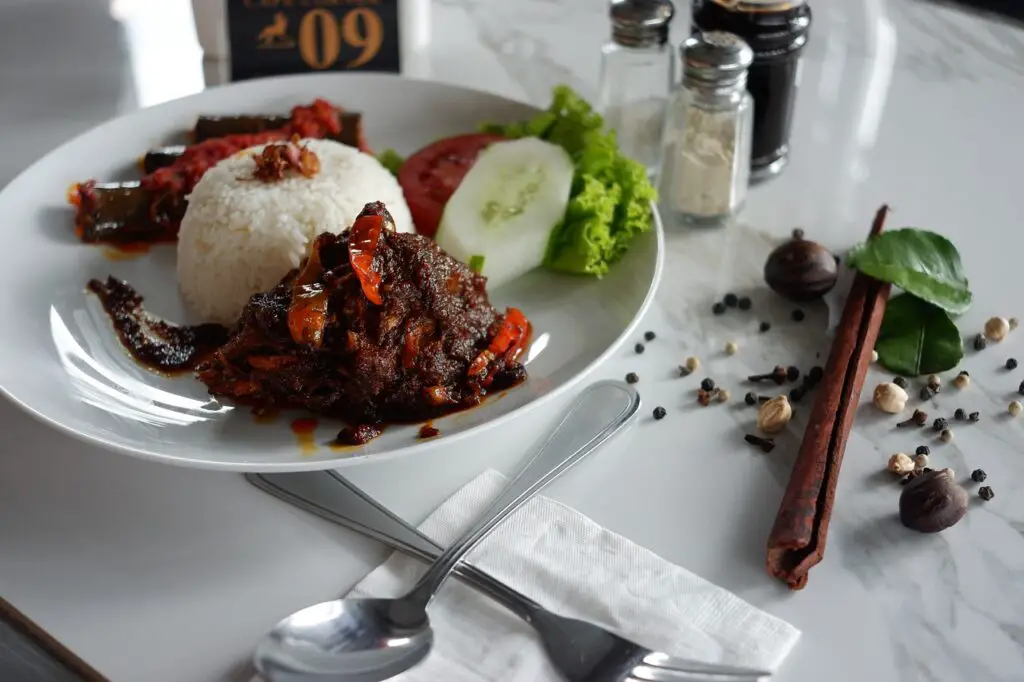
Malay boasts Rendang, a slow-cooked meat masterpiece, and Nasi Lemak, the ultimate comfort food.
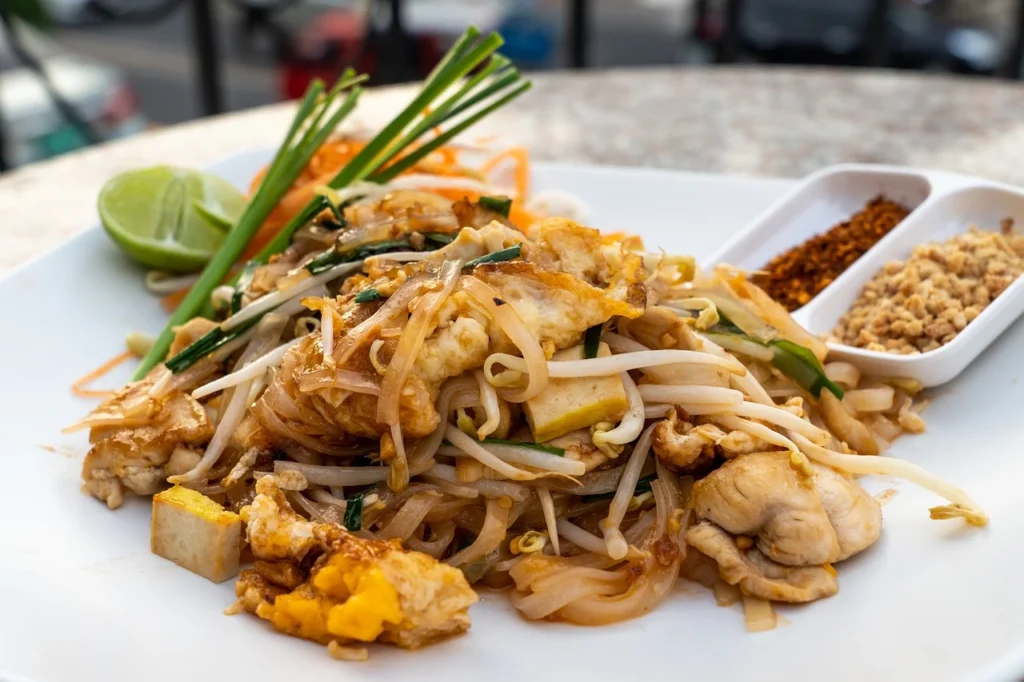
Thai shines with Tom Yum, a spicy-sour soup symphony, and Pad Thai, the stir-fried noodle, which presents a sweet, savory, and tangy outlook.
So,
There you have it—10 simple distinctions between Malay and Thai food.
It’s not a competition; both cuisines are unique expressions of culture, offering your taste buds a delightful adventure.
Go forth, explore, and let your Southeast Asian culinary journey begin!


